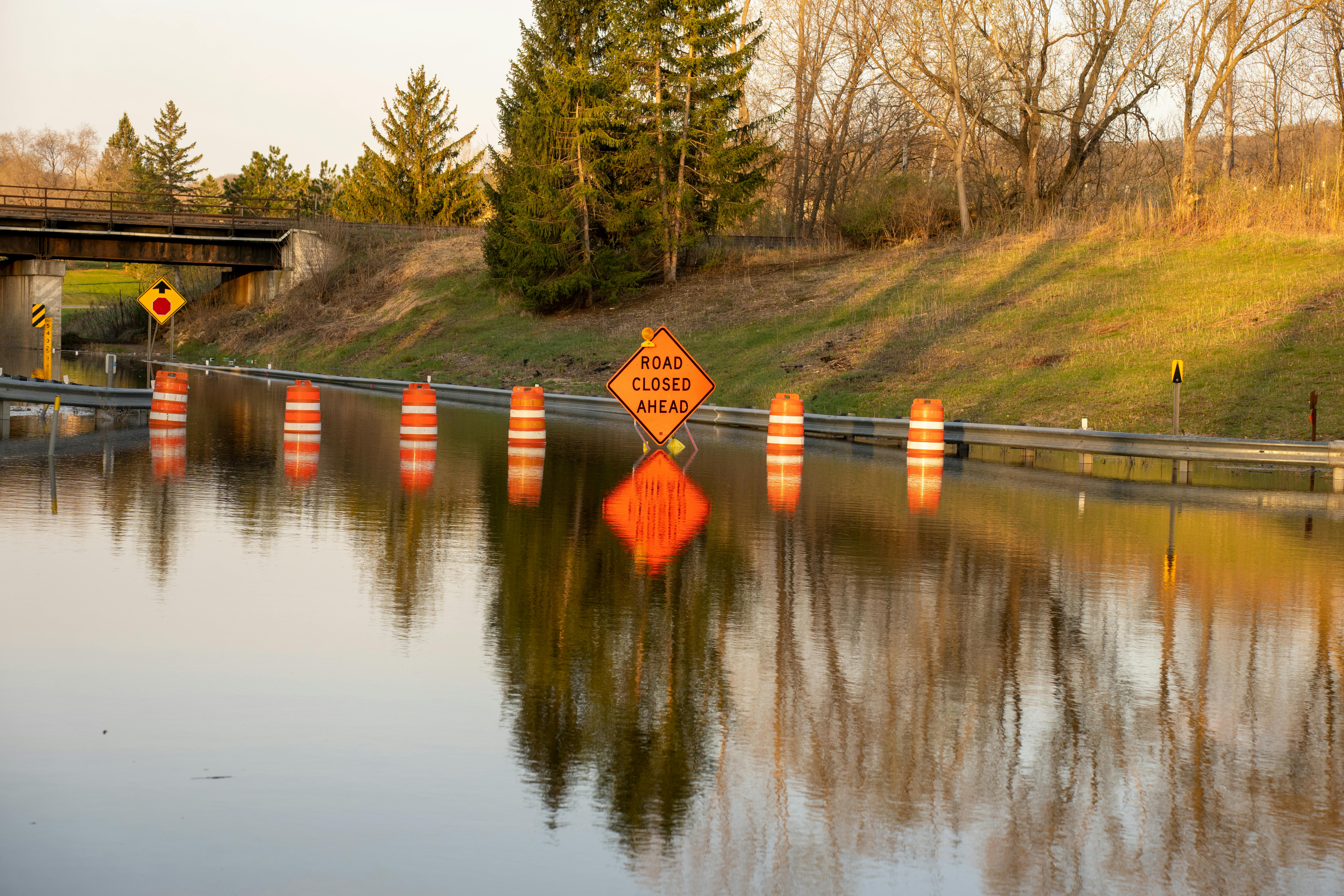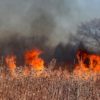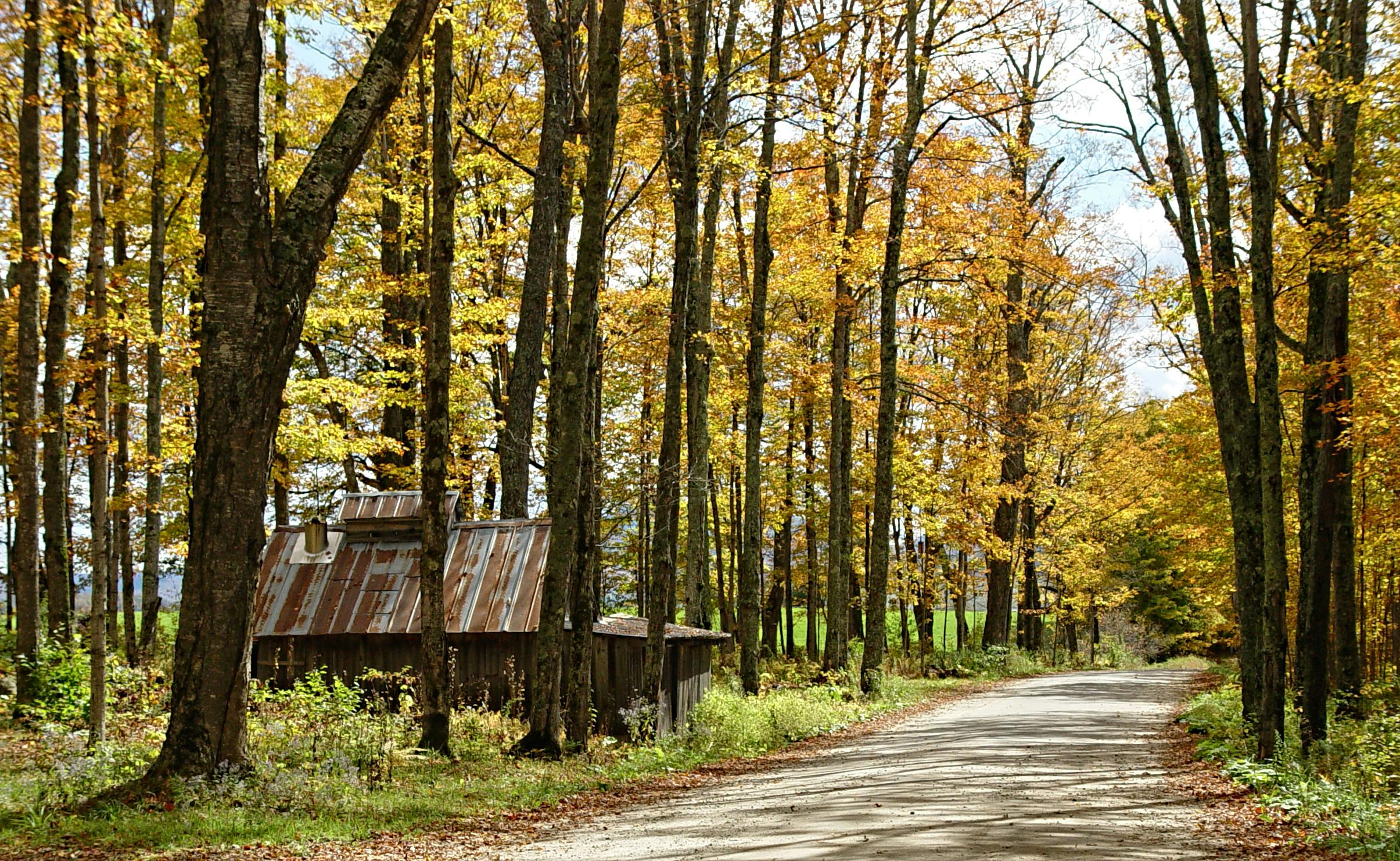Below are summaries from the National Significant Wildland Fire Potential Outlook, provided by the National Interagency Fire Center, for the period of July 2020 through October 2020. The full outlook can be located here.
Statistics Year-To-Date:
| Year-to-date statistics | Number of Fires | Acreage Burned |
| 2020 (01/01/20 – 07/01/20) | 24,349 | 1,431,958 |
| 2010-2019 – Year-to-Date Average | 27,323 | 2,065,523 |
| Percentage of 10-year Average | 89.11% | 69.32% |
Source: https://www.nifc.gov/fireInfo/nfn.htm
The table above indicates this season is well below average in number of fires and total acreage. Fires are likely to continue to pick up through midsummer in most places.
Observations in June:
Wildland Fire Outlook for July-October:
Mid-Summer
July is the entry point into the core of the Western Fire Season. As the season sequentially expands west and north across California, the Great Basin and the Central Rockies into the Northern Rockies and the Pacific Northwest, it will encounter areas of intensifying and expanding drought. This will lead to Above Normal significant large fire potential across large portions of the Great Basin and Northern California that will expand further north into the Pacific Northwest and Northern Rockies in August and September. The elevated potential in southwestern areas will begin to diminish with the arrival of the monsoon in early July.
September/October
Activity will linger into mid-September in northern areas until the seasonal transition begins and begins to bring the season to a close. In Alaska, significant large fire activity will become less frequent in late July as returning moisture events gradually reduce the fire potential.
October will mark the beginning of a period of activity for Southern California as the fall wind season begins. With a transition to a La Niña episode expected, drier than average conditions are forecasted to occur. The factors that favor the development of Foehn wind events may be more frequent in occurrence. Given the heavy loading of fine fuels, this is a concern.
See below for the Wildland Fire Potential Outlook maps and concerns over the next four months.

National Wildfire Potential for July

National Wildfire Potential for August

National Wildfire Potential for September

National Wildfire Potential for October




